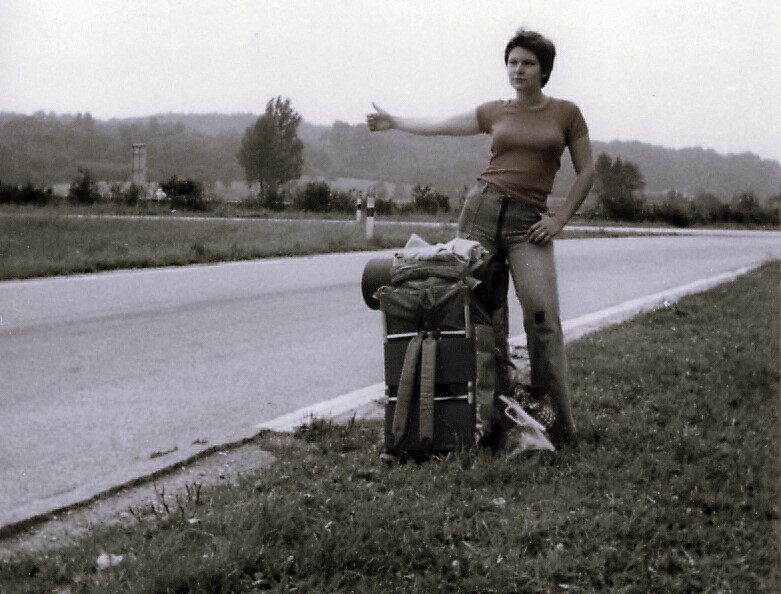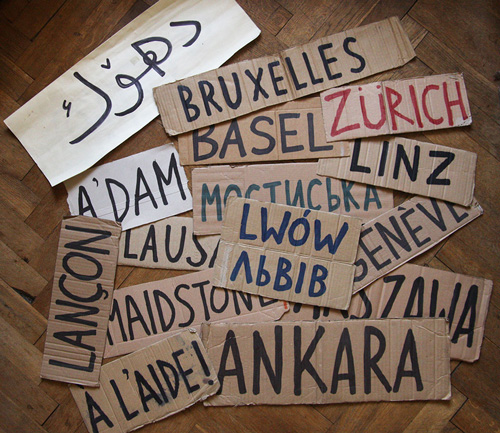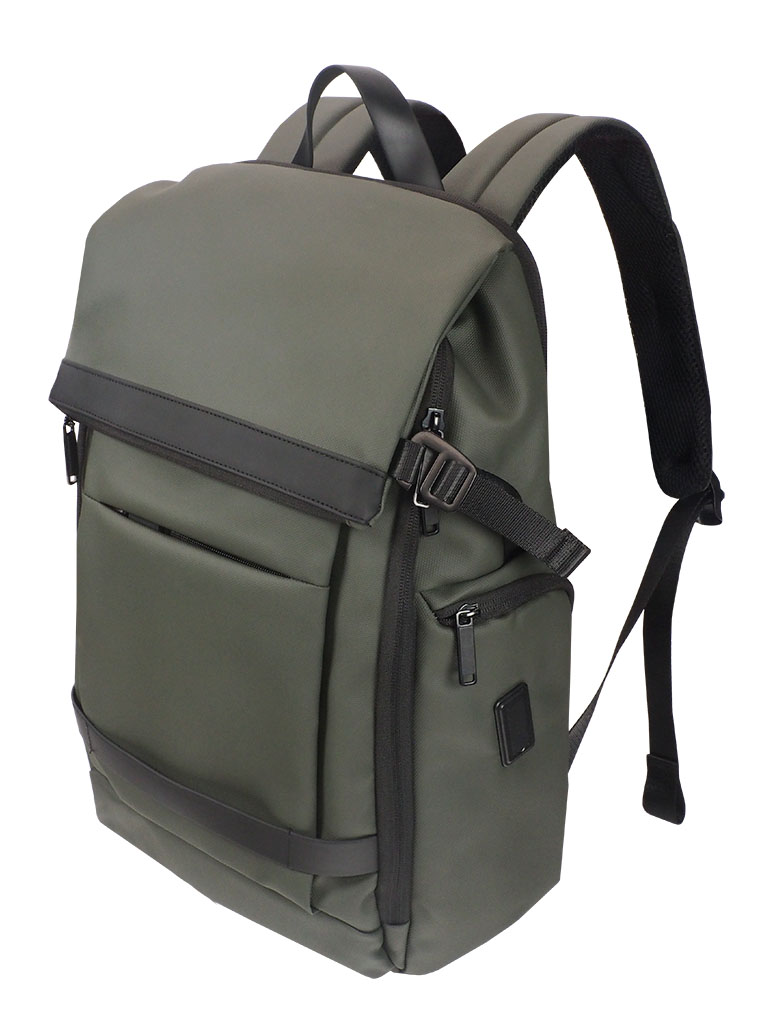Productos: Encontrado {{ searchResultsCount }} - Mostrar todo
Compruebe si ha introducido lo que está buscando correctamente.
Categorías: Encontrado {{ categorySearchResults.length }}

HACIENDO AUTOSTOP ÉRASE UNA VEZ
Polonia (entonces República Popular de Polonia) fue el primer país del mundo en legalizar e institucionalizar el autostop..
A finales de los años 50, se creó el Comité Social del Autostop. Para ser miembro, había que tener 200 zlotys en una libreta de ahorros, comprar en la oficina de correos un cuadernillo de identificación de Autoestopista por el Mundo y contratar un seguro de accidentes. La libreta de identificación se utilizaba para registrar las rutas y las paradas nocturnas. Los conductores que recogían autoestopistas recibían un cupón recortado con el correspondiente número de kilómetros. La idea era animar a los conductores a recoger más autoestopistas. Los que recogían el número correspondiente de kilómetros en los cupones podían participar en un sorteo para ganar atractivos premios. El ganador del premio "Conductor del año" recibió un coche polaco FSO Syrena.

...Y HOY EN DÍA
Incluso después de décadas, el autostop sigue vivo en Polonia. Todavía se pueden ver autoestopistas a los lados de la carretera, sobre todo en verano, saludando a los conductores con sus propios carteles escritos a mano con el nombre de su destino. El autostop también ha adoptado una nueva forma de carreras regulares de autostop, la más importante de las cuales es la Carrera de paradas de automóviles. Se celebra todos los años en Wroclaw. Más de 1.000 participantes, en su mayoría estudiantes, corren en parejas para llegar lo antes posible a un destino determinado.
Han corrido a Italia, Croacia, Grecia y España, entre otros países. Una vez que todos los participantes han llegado a su destino, comienzan unos días de celebración.
¡Dan ganas de empezar a preparar la mochila!

Mochila 2099345
Tamaño: (20L) 48 x 33 x 13 cm
Materiales: Poliéster 1800D con revestimiento de PU
• 2 bolsillos para bolígrafos
• 2 Bolsillos de red
• 3 bolsillos para documentos
• 5 bolsillos con cremallera
• Bolsillo para ordenador portátil 15,4"
• Bolsillo externo con cremallera
• Correa de sujeción para el asa de la maleta
• Puerto de carga USB externo

